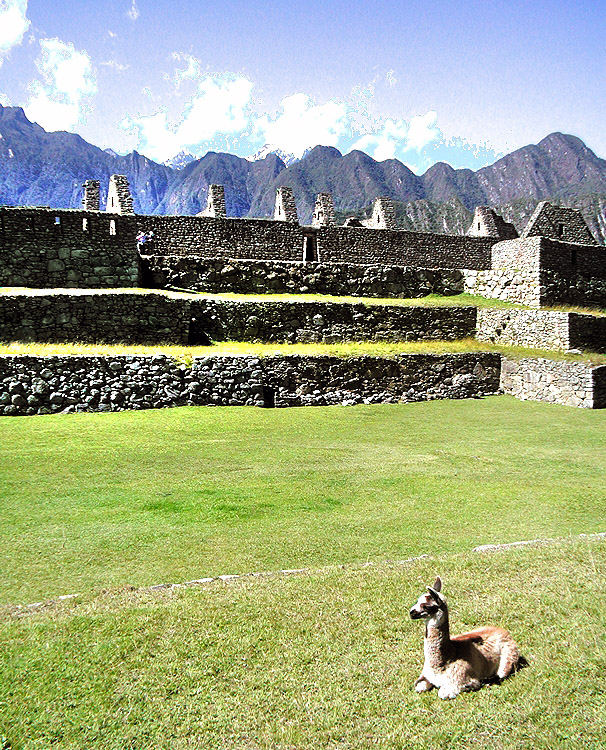 |
 |
| Prado Museum |
 |
| Prado Museum |
 |
| Prado Museum, Madrid, Spain |
 |
| Madrid, Spain - Museo Nacional del Prado |
 |
| Madrid, Spain - Museo Nacional del Prado |
When King Charles III of Naples returned to his hometown, he realized that Madrid had not improved at all since they had left there: Madrid continued that place, suddenly converted into capital by the grace of Philip II, grew hasty and disorderly and in a manner not very consistent.
Therefore decided to charge Juan de Villanueva, the royal architect, to design a building for the sciences and could house the Office of Natural History.
This was the culmination of the artistic career of Juan de Villanueva, which is the largest and most ambitious work of Spanish Neoclassicism.
With the construction of this building, designed as an urban high operating costs, King Carlos III intended to provide the capital of his kingdom with an urban and monumental, as it abounded in other EU capitals.
The construction of the museum lasted for many years, off the entire reign of Charles IV. But the arrival of the French and Spanish War of Independence, interrupted them.
It was then used for military purposes, and it was here established a military base. At this time began the deterioration of the building, I noticed that more and more as the year progressed.
Bored, Fernando VII and his wife, Maria Isabel de Braganza, brought an end to this situation, preventing the museum came to total ruin and restoring it.
Elizabeth was the major driving this project and it is that should the final outcome, even if did not live to enjoy it, for he died a year before the grand opening of the museum, 19 November 1819.
Containing collections of paintings and sculpture from the royal collections and the nobility, the museum had, during his inauguration, about 311 works of art.
It was therefore one of the first public museums throughout Europe and the first of Spain, thus noting its recreational and educational function.














